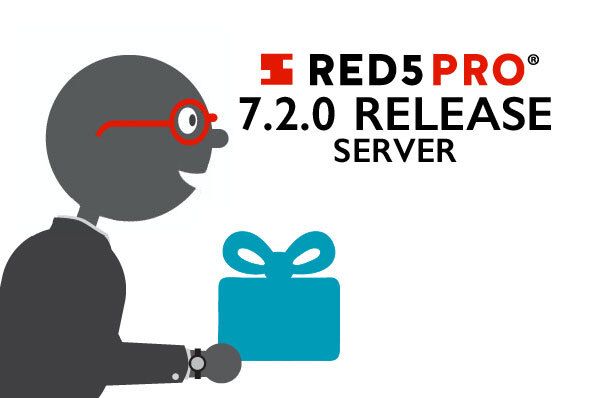Hot off the heels of our latest mobile release, comes Red5 Pro Server Release 7.2.0. Per usual, our dedicated team members have continued innovating and improving the already solid Red5 Pro platform. We consider ourselves very lucky to have such dependable QA staff and software developers. 7.2.0 improves the performance of stream recovery on… Continue reading Red5 Pro Server Version 7.2.0
Hot off the heels of our latest mobile release, comes Red5 Pro Server Release 7.2.0. Per usual, our dedicated team members have continued innovating and improving the already solid Red5 Pro platform. We consider ourselves very lucky to have such dependable QA staff and software developers.
7.2.0 improves the performance of stream recovery on edges when rapidly republishing in a cluster-based setup, allows for the creation of a master HLS recording for ABR multi-variant streams, addresses an issue with running red5 Pro on newer Windows Server versions, along with a few more fixes.
Read below for the full release notes:
Server Release 7.2.0
- Improved performance of stream recovery on edge with rapid-republishing over cluster
- Removed GC run loop which could cause stream irregularities at 30 second intervals
- Master HLS record can be created for ABR multi-variant recordings
- Fixed – issue where server did not run correctly on newer Windows Server versions
- Autoscale – Fixed – Problem trying to publish to a sub-scope via Stream Manager Proxy
- Autoscale – Fixed – Missing streams on all of the edges with fast transcoder republish
- Autoscale – Updated logic to prevent child nodes from using temporary ids of parent nodes which are being replaced
- Autoscale – Fixed – Exception thrown on region subscribe request if the stream doesn’t exist on an edge in the specified region
To get the latest release, please login to your account and download the new build.
To upgrade your server, follow this link.
To upgrade your stream manager, follow this link.
For test applications, visit our Github page.
